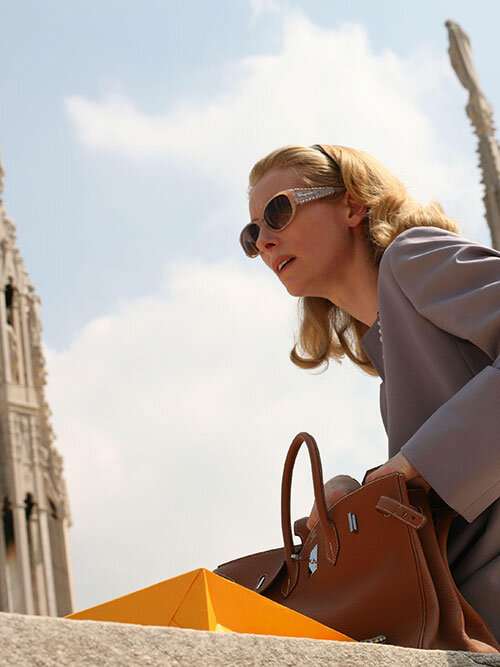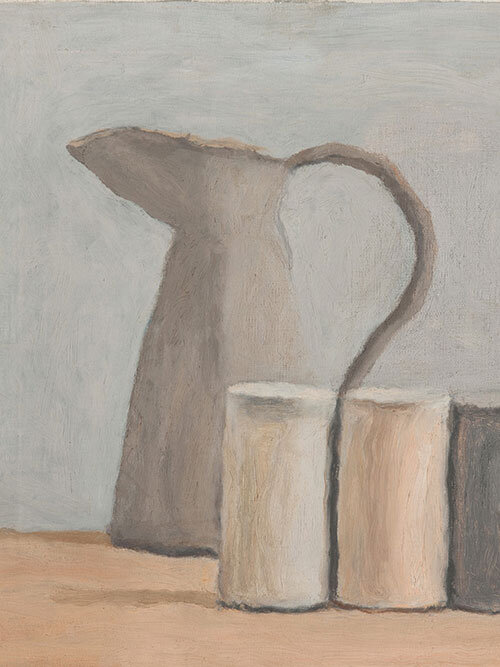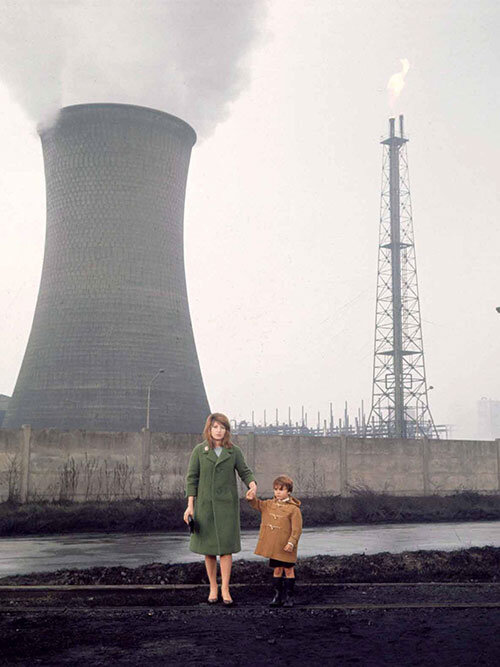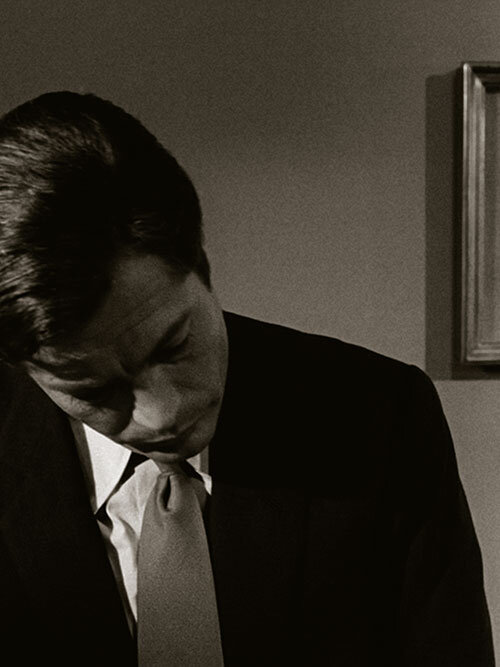Vol. 1
Morandi at the Movies
text by Christian House
“You have a magnificent Morandi,” Marcello Mastroianni sighs.
Leaning forward, his ink-black hair unruffled and polka-dot tie immaculate, Marcello peers into the canvas with sad eyes.
In La Dolce Vita, the owner of that study of four bottles and a cup is Steiner, one of Rome’s cultured intelligentsia. For Mastroianni’s jaded society columnist, Steiner and his painting represent an alternative to chasing gossip, and toasting hosts.
“The objects are bathed in a reflective light,” Steiner remarks. “One might say it’s an art which leaves nothing to chance.” Through Federico Fellini’s lens, Giorgio Morandi’s work becomes spiritual. But it also punctuates a tragedy: Steiner shoots himself just a few feet from the picture. On arriving at the scene, Marcello crumbles—his tie crooked, his hair wild—while behind him the painting remains sublime.
Fellini was not alone in his reverence for Morandi. Some of the greatest directors of post-war Italian cinema—Antonioni, Pasolini, Visconti—expressed their admiration for the old painter from the north. He was, said Bernardo Bertolucci, “someone you could fall in love with.”
His influence has not gone unnoticed. In 2013, film historian Francesco Galluzzi wrote a fine scholarly study on its effect for a Morandi retrospective at the Centre for Fine Arts, Brussels; meanwhile, Cineteca Bologna projected a programme of films celebrating the phenomenon.
In the history of cinema, however, there could hardly be a less likely muse than Morandi. He wore owlish glasses and a frown, and his life was static. He lived modestly with his mother and unmarried sisters on a side street in Bologna; and there, for half a century, he painted a changeable stage of bottles, jugs, vases, and glasses. Table after table after table of them…





